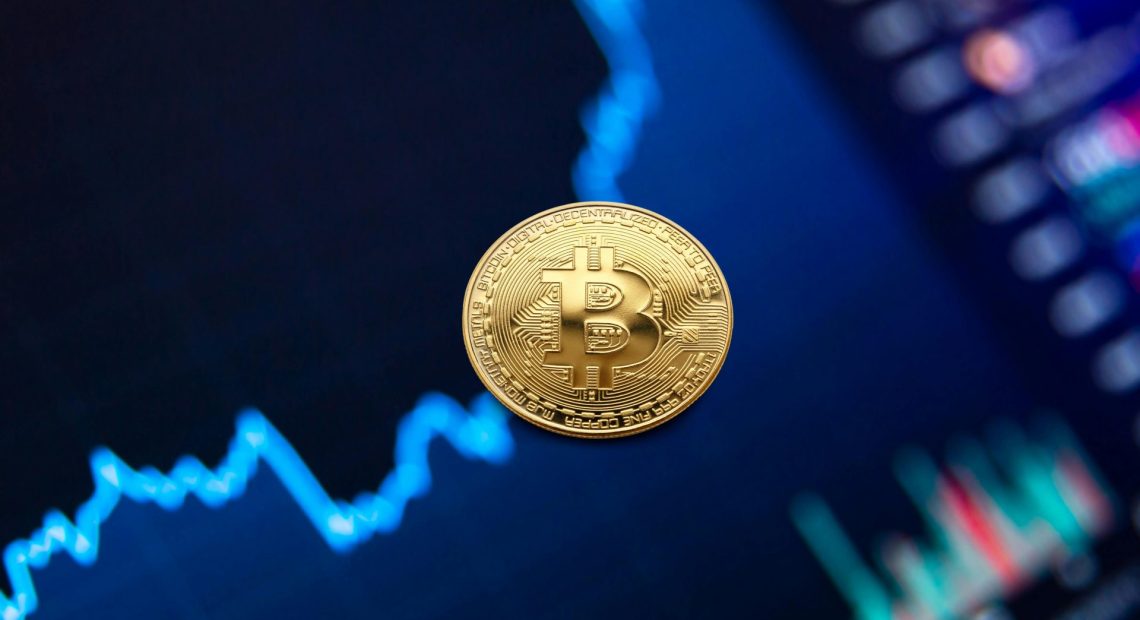UAE stablecoin usage up 55% YoY

As new regulations drive market momentum
The UAE is witnessing a significant surge in the use of stablecoins as the value of stablecoins transacted in the first half of 2024 reached over $9.8 billion, a 55% increase from the $6.3 billion recorded during the same period in 2023.
As a result, stablecoins now dominate the country’s crypto market, accounting for 51% of all cryptocurrency activity. This marks a notable shift, with stablecoins far outpacing traditional cryptocurrencies like Bitcoin (19%) and Ether (9%), typically seen as the most well-known digital assets.
The rapid growth of stablecoin usage in the UAE comes amid new regulatory developments to foster a more structured and secure crypto ecosystem. In particular, the Central Bank of the UAE (CBUAE) recently introduced its Payment Token Services Regulation, which clarifies the rules surrounding the issuance, custody, and conversion of payment tokens in the country. Experts believe this regulatory clarity is helping drive innovation and attracting new participants to the market.
“Stablecoins have already shown impressive growth through the first half of 2024, and with the CBUAE’s new regulations, we expect to see even broader participation and innovation in the future,” said Arushi Goel, Head of Middle East & Africa Policy at Chainalysis, a global blockchain analytics firm.
The data highlights a stark contrast between the volume and value of stablecoin transactions. Retail-sized transfers (below $10,000) represent a small portion—just 6%—of the total value received. However, when considering the size of transactions, professional-sized ($10,000 to $1 million), institutional-sized ($1 million to $10 million), and large institutional-sized ($10 million and above) transactions make up 40%, 34%, and 20% of the value, respectively.
Transaction volume
Regarding transaction volume, retail transfers account for 93% of all stablecoin transfers, reflecting retail investors’ high level of participation. These investors are likely using stablecoins as a convenient method for trading across various digital assets, including moving funds between centralised exchanges (CEXs) and decentralised exchanges (DEXs).
Interestingly, a significant portion of stablecoin activity in the UAE occurs on centralised exchanges (CEXs), with over three-quarters (78%) of stablecoin transfers conducted on these platforms in the first half of 2024. This starkly contrasts the broader crypto market in the UAE, where only 47% of all crypto transactions occurred on CEXs between July 2023 and June 2024.
Goel points out that centralised exchanges are pivotal in expanding the crypto user base, particularly among businesses and individuals not traditionally engaged with virtual assets. “Centralised exchanges provide a regulated, user-friendly on-ramp for crypto newcomers, making it easier for individuals and businesses to engage in crypto-related services such as payments, remittances, and even merchant services,” Goel explained. The data suggests that stablecoins are increasingly used for transfers and settlements on CEXs instead of decentralised exchanges (DEXs), mainly for asset trading.
Reflecting the UAE’s close economic ties with the US dollar, the most popular stablecoins in the country are also dollar-pegged. Tether (USDT), which has the largest market cap among all stablecoins globally, was the dominant stablecoin in the UAE, accounting for 61% of all stablecoin transactions in the first half of 2024. Dai (DAI), a decentralised stablecoin that operates on the Ethereum blockchain, was a distant third in terms of transaction volume.
The preference for these globally recognised stablecoins points to a broader trend of investors seeking lower barriers to entry and a seamless experience when entering the crypto market. This trend bodes well for the potential future adoption of Dirham-backed stablecoins. CBUAE has already given in-principle approval for the launch of a Dirham-backed stablecoin (AE coin), which could soon enter the market.
“The introduction of Dirham-backed stablecoins could open up new opportunities in areas like remittances, e-commerce transactions, real estate purchases, and even government services,” Goel noted. “Once these stablecoins gain widespread acceptance, the impact could be transformative for institutions and consumers.”
The growing dominance of stablecoins in the UAE’s crypto ecosystem and the evolving regulatory landscape suggest a bright future for the market. As crypto adoption continues to rise, the UAE will likely remain a key hub for innovation in the digital asset space. With stablecoins playing a central role, the region could see transformative changes in how businesses and individuals transact, paving the way for the next generation of financial services.
Featured image: Stablecoins now dominate the country’s crypto market, accounting for 51% of all cryptocurrency activity. Credit: Ivan Babydov












